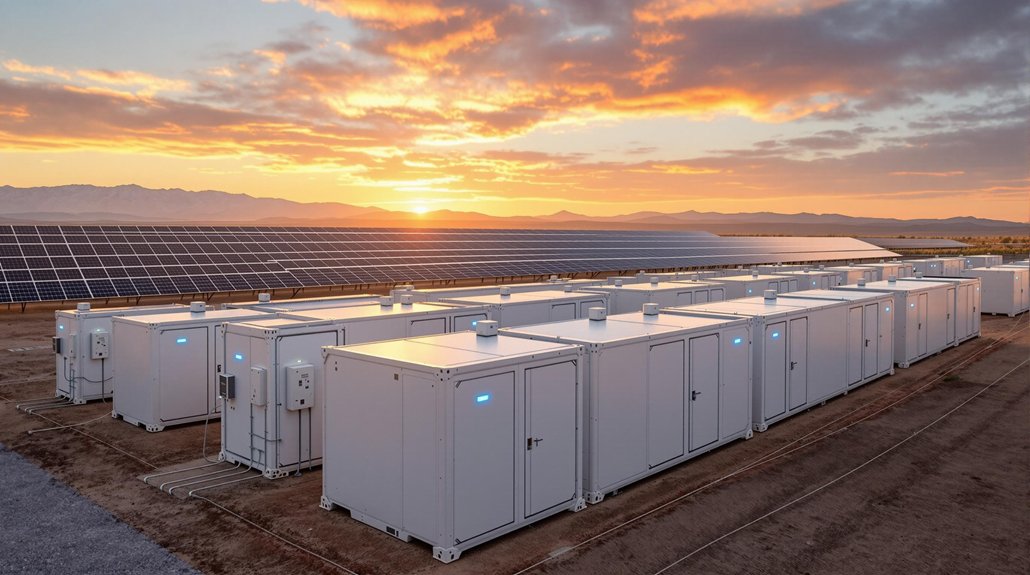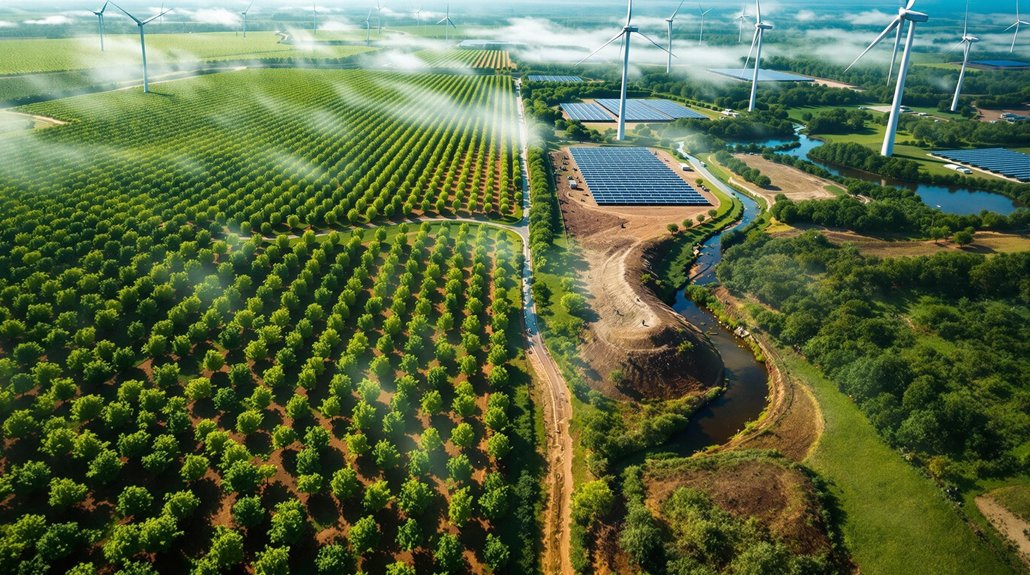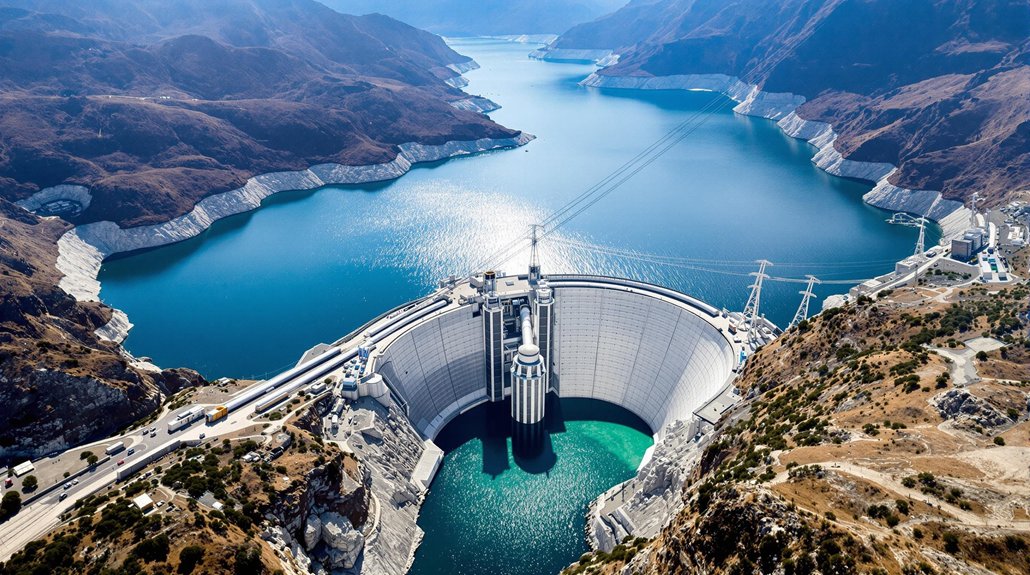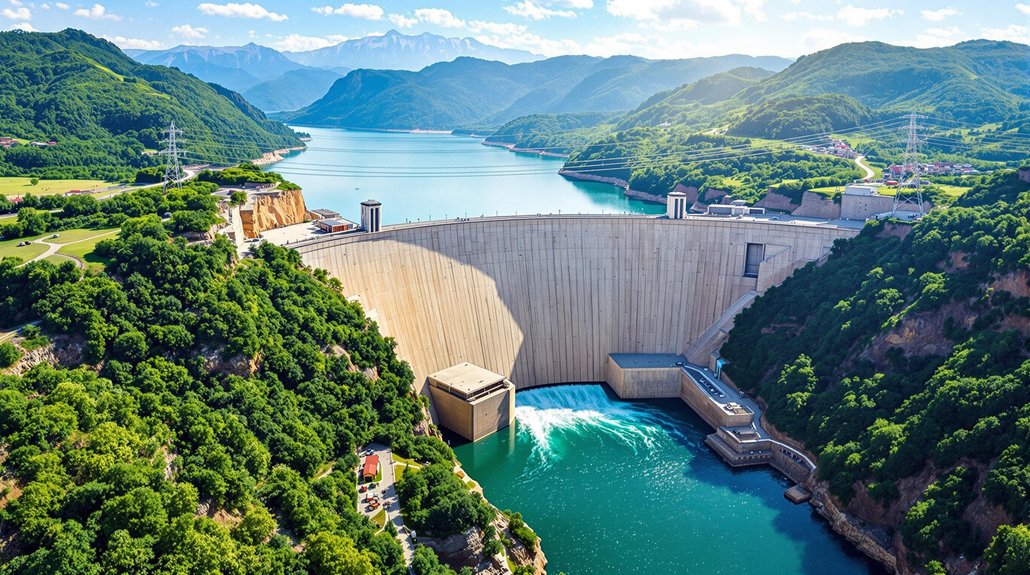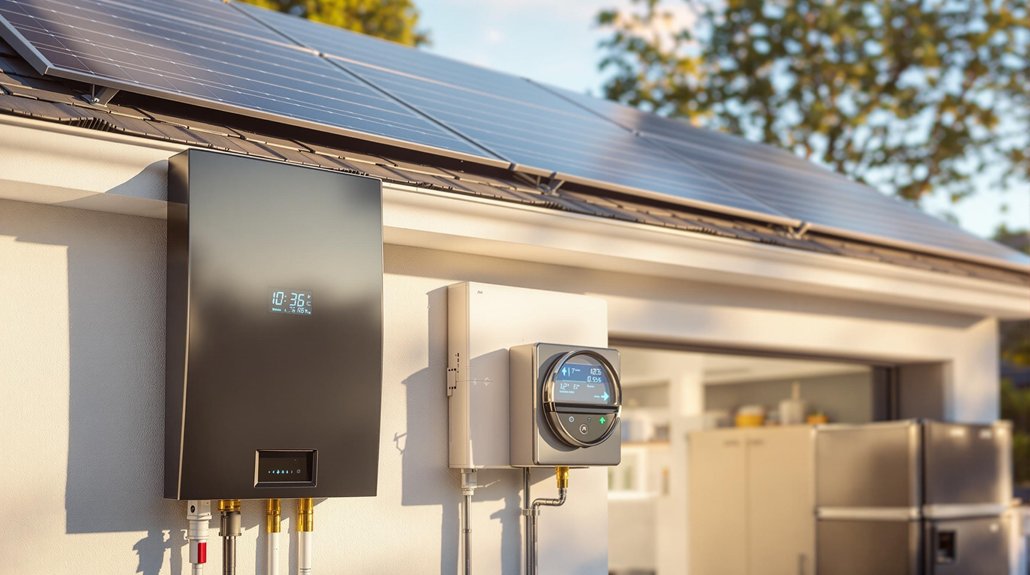Battery energy storage systems are transforming electricity management worldwide. These technologies capture energy from renewable sources like solar and wind for later use. Lithium-ion batteries lead the market, while flow and solid-state batteries offer alternatives for specific needs. The industry is growing rapidly, with installations projected to reach $31.2 billion by 2029. Despite challenges like mining impacts and recycling issues, battery storage helps reduce greenhouse gas emissions and supports a cleaner energy future.
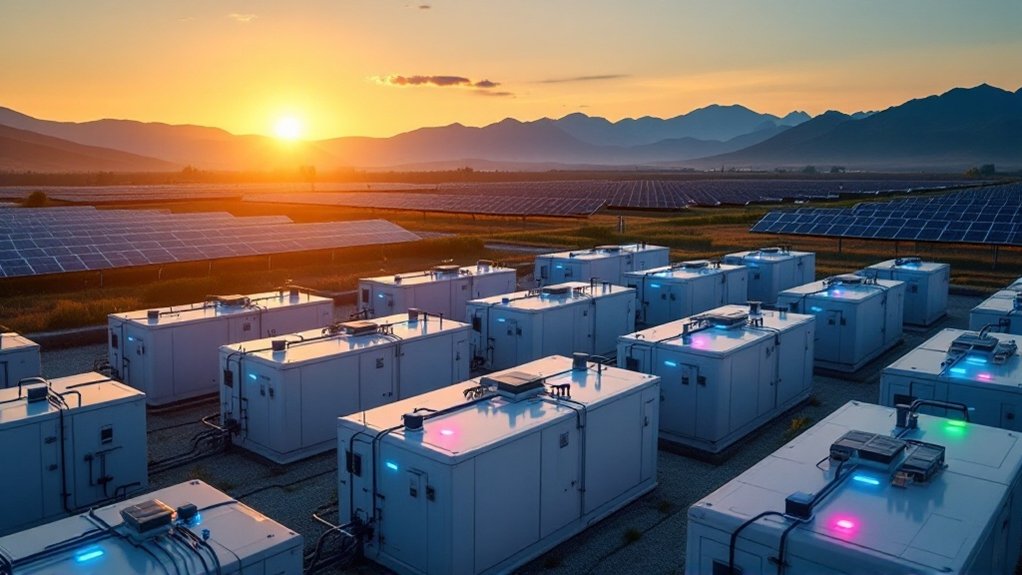
The powerhouse of modern energy systems, battery energy storage is transforming how electricity is managed and distributed worldwide. These systems capture energy from sources like solar panels, wind turbines, or the electric grid and store it in rechargeable batteries for later use. This technology consists of battery modules, management systems, inverters, and controls that work together to deliver power when needed.
Battery storage comes in various types. Lithium-ion batteries dominate the market due to their high energy density and long life. Other options include flow batteries for longer duration storage, traditional lead-acid batteries, and emerging technologies like sodium-ion and solid-state batteries. Each type offers different benefits for specific applications.
Battery technologies adapt to different needs, with lithium-ion leading while alternatives offer specialized energy storage solutions.
These systems serve many purposes in our electrical grid. They help stabilize power supply, regulate frequency, and provide backup power during outages. They’re especially valuable for “peak shaving” – reducing electricity use during high-demand periods. Perhaps most importantly, they enable greater use of renewable energy by storing excess power for times when the sun isn’t shining or wind isn’t blowing. Recent industry developments show a shift toward Lithium Iron Phosphate cells to reduce safety risks while maintaining performance.
The market for battery storage is growing rapidly. Global installations are expected to reach $31.2 billion by 2029, with annual installations exceeding 30 gigawatts by 2030. Costs have fallen dramatically – down 87% from 2010 to 2019 – making these systems increasingly affordable for utilities and homeowners alike. Battery energy storage systems are the most popular type of energy storage technology available today due to their versatility and scalability. By converting electrical energy into chemical energy, these systems can efficiently store excess power from renewable sources during low demand periods and release it when demand increases.
Battery storage offers significant environmental benefits. By optimizing renewable energy use, these systems reduce greenhouse gas emissions compared to fossil fuel alternatives. However, challenges remain, including concerns about mining impacts and battery recycling. The industry is working to address these issues through sustainable practices and recycling programs.
Despite their benefits, battery systems face obstacles. High upfront costs, safety concerns, material supply limitations, and regulatory barriers can complicate adoption. Looking ahead, advances in solid-state batteries, long-duration storage, and smart management systems promise to make battery storage even more effective and accessible.
Frequently Asked Questions
How Long Do Battery Storage Systems Typically Last?
Battery storage systems typically last between 5-30 years depending on their chemistry.
Lithium-ion batteries generally function for 10-15 years, while lead-acid batteries last 5-15 years. Flow batteries offer the longest lifespan at 20-30 years.
Factors affecting durability include temperature, charging patterns, and maintenance. Most manufacturers provide warranties covering about 10 years or up to 10,000 charge cycles.
Systems usually need replacement when capacity drops to 70-80% of original levels.
What Are the Fire Safety Concerns With Large-Scale Batteries?
Large-scale batteries pose several fire safety concerns.
Thermal runaway can cause rapid temperature increases exceeding 600°C, leading to fires and explosions. These fires are difficult to extinguish, often requiring thousands of gallons of water. They may reignite days later.
Toxic gases released during fires threaten first responders and nearby communities.
Safety measures include battery management systems, thermal barriers, and ventilation systems.
Industry advancements have reduced failure rates by 97% since 2018.
Can Batteries Replace Traditional Power Plants Entirely?
Batteries can’t completely replace traditional power plants yet.
They’re great for short-term needs and supporting renewables, but face limitations. Current battery systems typically provide power for 4-8 hours, while traditional plants run continuously.
For full replacement, we’d need advances in long-duration storage technology, lower costs, and more raw materials.
However, batteries are increasingly complementing conventional power generation in hybrid energy systems.
How Do Extreme Temperatures Affect Battery Energy Storage Performance?
Extreme temperatures considerably impact battery performance.
Cold weather reduces battery capacity by up to 40% at -20°C, slowing chemical reactions and increasing resistance.
Hot conditions accelerate degradation, with batteries losing half their cycle life at 45°C compared to 25°C.
Modern solutions include thermal management systems, insulation, and liquid cooling.
Innovations like new electrolyte additives and solid-state batteries aim to improve performance in harsh environments.
What Recycling Options Exist for Decommissioned Battery Storage Systems?
Decommissioned battery storage systems can be recycled through various methods.
Hydrometallurgy uses chemicals to extract metals, while pyrometallurgy employs high-temperature smelting.
Direct recycling preserves the cathode structure for reuse.
Mechanical separation involves shredding and sorting components.
These processes recover valuable materials like lithium, cobalt, nickel, copper, and graphite.
Challenges include non-standardized designs, high costs, limited infrastructure, and safety concerns.
Automated disassembly and design for recyclability represent promising future developments.
